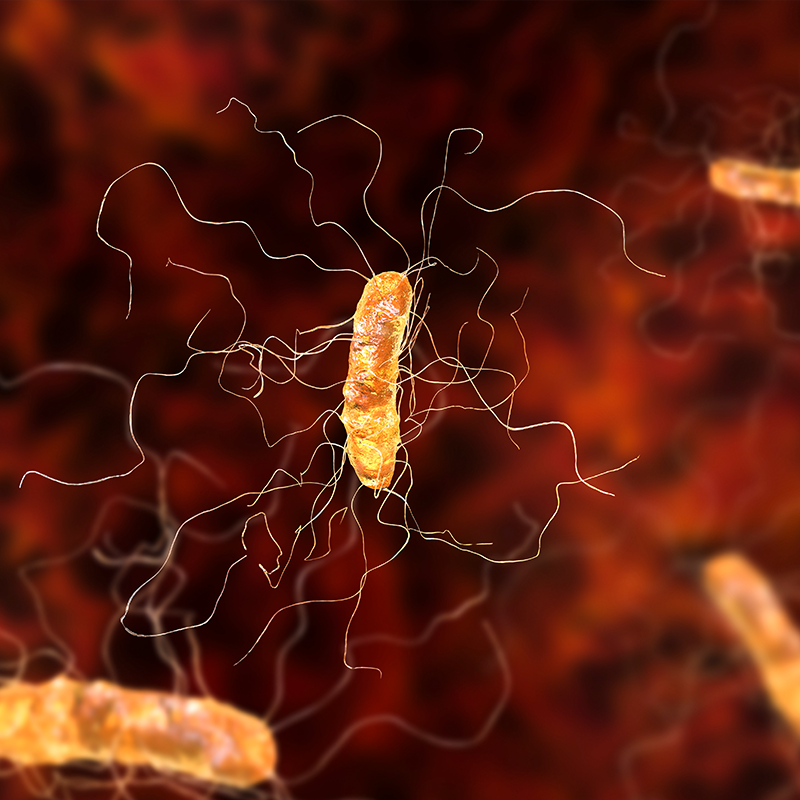
Currently, antibiotics are the standard treatments for CDI (i.e., vancomycin, metronidazole, or fidaxomicin Evans and Safdar, 2015). difficile causes over 500,000 infections per year in the United States alone, resulting in an estimated 29,000 deaths and an estimated cost of $1–3 billion ( Dubberke and Olsen, 2012 Lessa et al., 2015). difficile infections (CDI) that range from mild diarrhea to pseudomembranous colitis and potential death ( Lessa et al., 2012). It is found widely in the mammalian gastrointestinal (GI) tract and can cause toxin-mediated C. difficile and the corresponding therapeutic strategies that are aimed at these important processes.Ĭlostridioides difficile (formerly Clostridium difficile Lawson et al., 2016 Oren and Garrity, 2016) is a Gram-positive, spore-forming, toxin-producing, anaerobic bacterium which has established itself as a leading cause of nosocomial antibiotic-associated diarrhea in the developed countries ( Sebaihia et al., 2006). This review is to summarize recent advances on the regulation of sporulation/germination in C. Recent studies have shed light on the regulatory mechanisms of C.

Meanwhile, it also produces spores that are responsible for the persistence and recurrence of C. difficile produces toxins (TcdA and TcdB) that are required to initiate the disease. difficile spores will germinate and outgrow to produce the pathogenic vegetative form. Spore formation and their subsequent germination play critical roles in C.

Due to the strictly anaerobic nature of the vegetative form, spores are the main morphotype of infection and transmission of the disease.

difficile or the related Peptostreptococcaceae family are employed, and even highly conserved spore proteins can have differential functions or requirements in C. For both these processes, factors that are conserved only in C. difficile spore assembly pathway also exhibits notable differences relative to Bacillus spp., where spore formation has been more extensively studied. difficile uses a distinct mechanism for sensing and transducing germinant signals relative to previously characterized spore formers. Work in the last decade has revealed that C. difficile, the molecular mechanisms underlying how this obligate anaerobe forms infectious spores and how these spores germinate to initiate infection were largely unknown until recently. Despite the importance of these developmental processes to the infection cycle of C. Spore formation and germination are essential for the bacterial pathogen Clostridioides difficile to transmit infection.


 0 kommentar(er)
0 kommentar(er)
